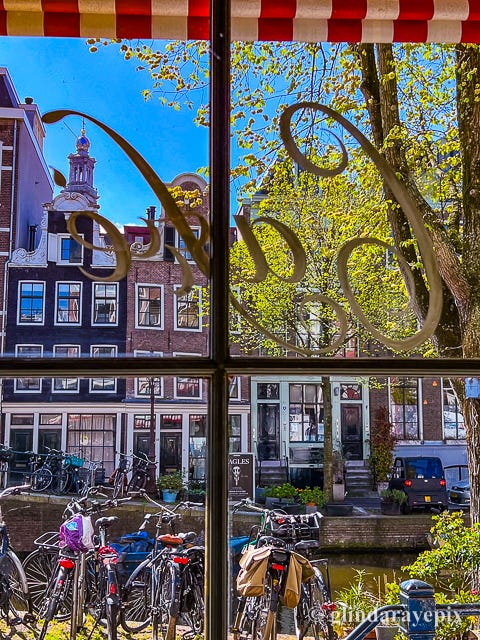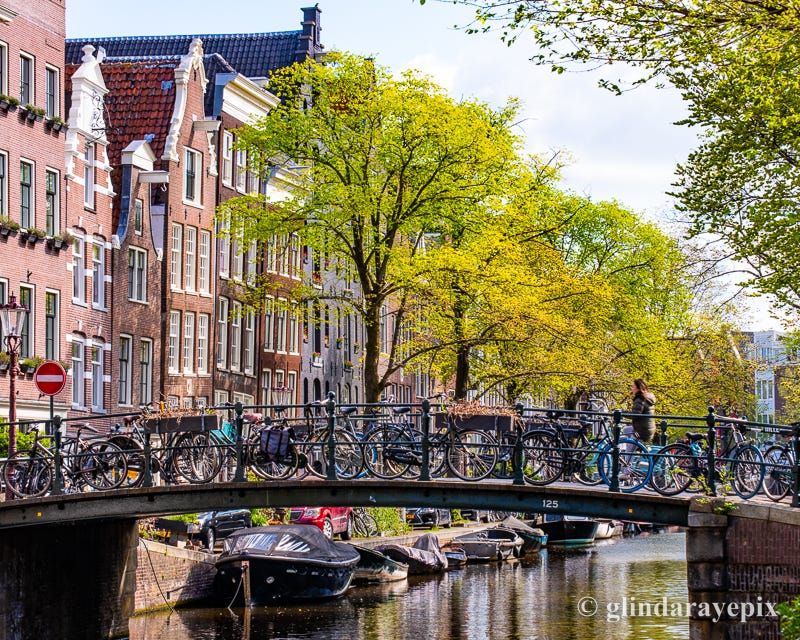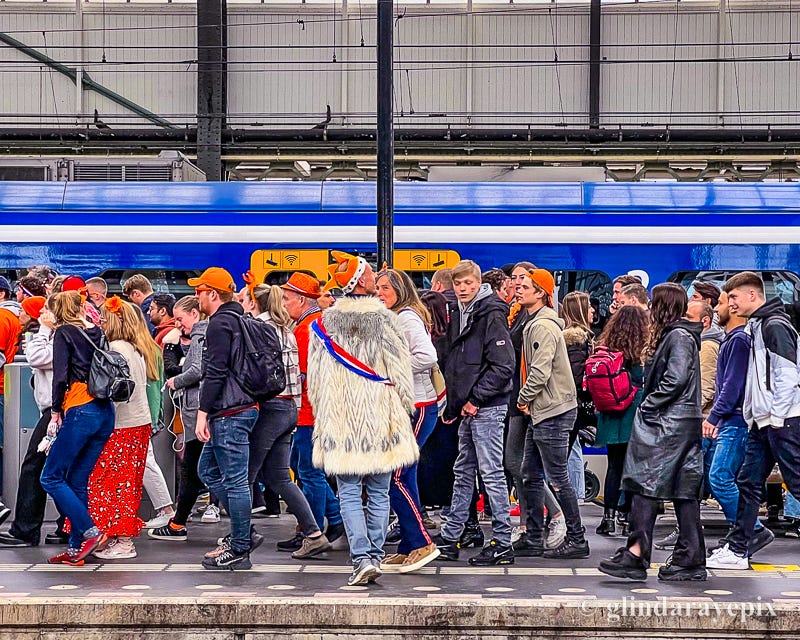As the old adage goes, the Dutch have always been a people unto themselves—unique in their brand of common sense, obstinate in their lack of pretension, modest and frugal to a fault, rarely given to bouts of hysteria, envy, or corruption. Rage and romance—not to mention empathy—almost never color their horizons.
In the 17th century Age of Discovery that built Amsterdam and rendered the Dutch for a brief instant the richest people on earth, these qualities made them both the best and the worst of colonial powers. The Dutch went into the conquering business, not like the other Europeans for land, glory, and national destiny, but for trade and gold. So their empire left a remarkably unbigoted and easily erased footprint of entrepots and trading posts around the planet—but they weren’t about to waste a guilder on improving the lives of those they’d upended.
In 1945, after the Japanese surrender, the Dutch naturally tried to move back into their properties in the Dutch East Indies—what we now call Indonesia. But that ultimate wrecker of colonial pretensions, the mid-20th-century Unites States government, gave them a choice—ditch their empire or give up the billion dollars they’d been promised in postwar Marshall Plan aid. There were few tears of colonial nostalgia or laments over the loss of some grand legacy. For the Dutch, it was strictly a mathematical calculation, and they quickly exited their empire.
Today, in Amsterdam, you’d be hard pressed to identify any relics of that imperial past. The flood of bicycles and the style of architecture along those intimate, photogenic canals speaks of a modest, comfortable mercantilism—picture the pipe-smoking tulip-and-spice trader by the fire in his slippers, while Mama reads to the children from Spinoza and the New Testament. The Royal Palace on the Dam might impose, but you’d never catch the ultra-bourgeois royals Wilhelmina, Juliana, Beatrix, or Willem-Alexander wielding the imperial sceptre as resolutely as Victoria or Elizabeth of Great Britain.
In the streets, the strict Calvinism that dictated the gloomy black-and-white uniforms you find in the Dutch Masters paintings of the Rijksmuseum has been replaced by some of the drabbest, sloppiest clothing you’ll come across in Europe. And the sole hints of decadence in the city spring not from pretentious colonial excess, but from the dreary, rose-tinted windows of the brothels and cannabis cafes in the red light district of de Wallen.
Given all this, you’d hardly expect to find a world-class meal in the city’s restaurants, and if we had to rely on the Dutch alone, we’d probably lose an alarming amount of weight. The elaborate breakfast buffets you find all over Europe—terrific bargains, of course—started years ago in Holland, so there is that. But unless you’re willing to spend an hour tracking down our favorite Greek hideaway, a drinkable mid-afternoon cup of coffee is out of the question. And no human being can subsist on Gouda and chocolate alone.
Yet we’ve never eaten better than on our most recent trip to Amsterdam, and here are the two reasons why:
Rijsttafel
Thank the stars for those Indonesians. In their 8,840 named islands and 1,500 ethnic groups, they’ve nurtured one of the world’s most inventive and mouthwatering cuisines. Rijsttafel (or Rice Table) came about in Dutch colonial times as a showcase for this spectacular diversity—bowls of various rices surrounded by up to forty distinct dishes from Java, Sumatra, Bali, and a host of exotic island chains.
Satay (skewers), Semur daging and Rendang (beef stews in coconut and chilis), Karedok (veggie salad), Opor ayam (chicken coconut curry), Nasi goreng (fried rice balls), Bebek (duck a gazillion ways), and so forth. Add in Sambals (sauces), Acar (pickles), and Krupuk (Asian crackers). And then there’s Papa’s old favorite, Telur balado (boiled, sometimes deviled, eggs in a fire of chilis).
Like most Asian culinary celebrations, this isn’t a meal to be rushed through—the difference being, that you don’t really need a crowd to experience the full effect. Just make sure you find a restaurant that serves nothing but Rijsttafel and on a fixed menu—none of those yummy Dutch tourist staples like microwaved dim sum, Turkish pitas, or pizza from nowhere. And be prepared to open up your wallet.
The Zeedijk
These five or six dirty, overcrowded blocks in the city center off de Wallen barely qualify as a Chinatown. At one time a sailor’s combat zone, the street evolved from a den of petty crime and drug addiction (Chet Baker, the American Jazz musician, threw himself out of a window here in 1988) into the center of gay life and the mecca for Asian goods and foods we find today.
We never, ever, ever (almost never anyway) wait in line for a restaurant, and weren’t particularly hungry one afternoon, when we came upon a tiny, dark closet with twenty people crammed inside and another twenty outside waiting in the rain. Even in these post-Covid times, who could resist an invitation like that? We ended up stuffed onto stools in the window, wolfing down some of the best South Asian curry soup and dumplings we’d ever tasted.
In 1989, as he was on his way to a major victory in the national elections, the popular right-wing politician Pim Fortuyn was assassinated in a North Holland parking lot. Fortuyn’s policies—limited immigration and Dutch language requirements, coupled with absolute protection of minorities and civil rights—spoke volumes about the character of the Dutch people and the difference between tolerance and fairness in public life. The Dutch have always treated their minorities and immigrants with a scrupulous, even-handed fairness. But only an inebriated, immature tourist on spring break would mistake that for a weak-kneed, “anything-goes” brand of tolerance (as the Amsterdam police will quickly remind you).
Nowhere is this subtlety more explicit than in the historical treatment of Dutch Jewry. In the 15th century, when the Iberians were launching their Inquisitions, Amsterdam became a center of learning for the Jewish faith. Out of that intellectual ferment came some outstanding architecture and the apostate Baruch de Spinoza, one of the great thinkers of the Enlightenment. Jewish people were given full freedom to practice their customs and religion—right up until the Holocaust, when the citizenry stood aside and allowed the Nazis to deport 80% of their number.
And yet, after the war, no shrine has been more treasured than Anne Frank’s house on Westermarkt. That monument to the divinity of innocence—fortified, monetized, and streamlined for the tourist trade—is still the most visited memorial in the city.
We love Amsterdam in relatively small doses and as far away as possible from the National holiday schedule, with its unruly, intoxicated crowds and mountains of trash. The public transportation is superb, the neighborhoods unique and comfortable. No one insists you speak Dutch, and English long ago passed French and German as the second language of choice. So this is one destination where you can expect to talk to just about anyone about anything. After some other European capitals, you might find it a relief.











